
Step, step, plant. It’s hot and I’ve just been stung by a wasp. Step, step – avoid the swamp puddle – step, plant. I haven’t showered in days and my tent got soaked last night. I’ll have to deal with it tonight after a 12 hour day, during which I’ll plant a little over 3000 saplings. They are about the size of your forearm. I’ll make 12 cents for each one I plant. It’s about as lucrative as summer jobs come, and I’m grateful for the work. I’m also grateful for the forestry companies who actually clear the land they cut, so I don’t have to trip through scattered logs and dense underbrush. The best blocks of land have either burned clean to the ground or been heavily sprayed with herbicides. Without the debris, nothing impedes me from planting as quickly as possible. Step, step, plant. About 50% of these trees will survive more than 5 years, apparently. That thought troubles me momentarily but I’m tired and hungry and determined to make my money, so I focus on step, step, plant.
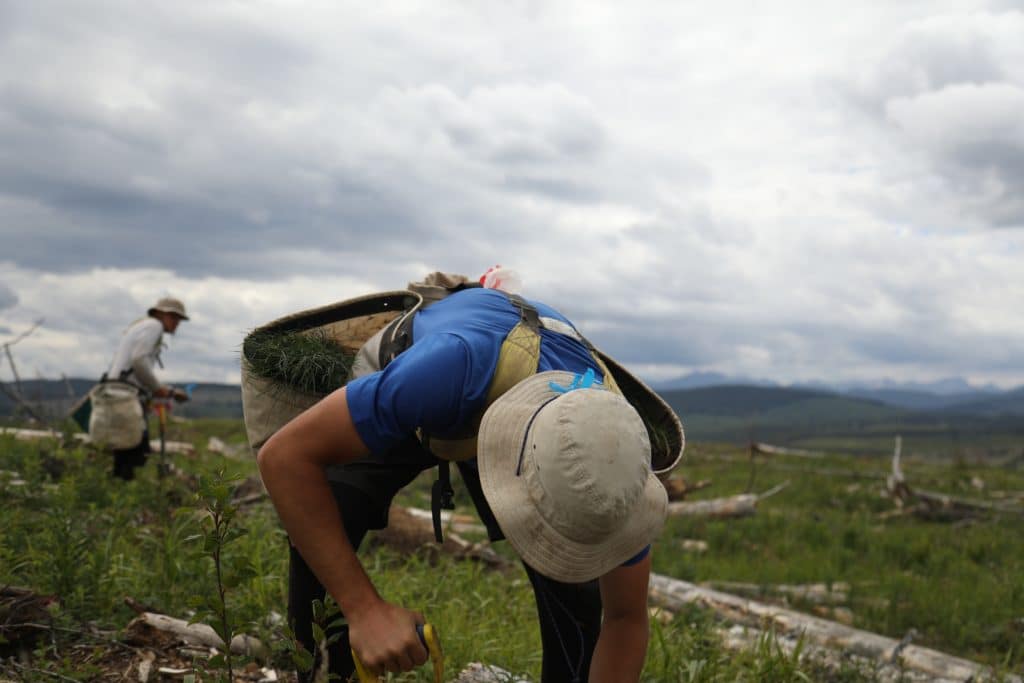
***
A little to the right – no, left – yes, right there. Grab that mallett and pass me that oak peg. The timber frame for this two-story family home goes up in a day. The ends of each timber have been chiseled into joinery with precise measurements so no hardware is needed to fasten them together. It is an old and artisanal way of building homes. The wood we use is mostly local, purchased from a small woodland owner who harvests very little each year. The houses we build are sturdy enough to last hundreds of years – a far cry from the slapped-together stick framed abodes favoured by developers. When we order the timbers, the older and straighter the better. Much easier to work with dry wood that has minimal knots.
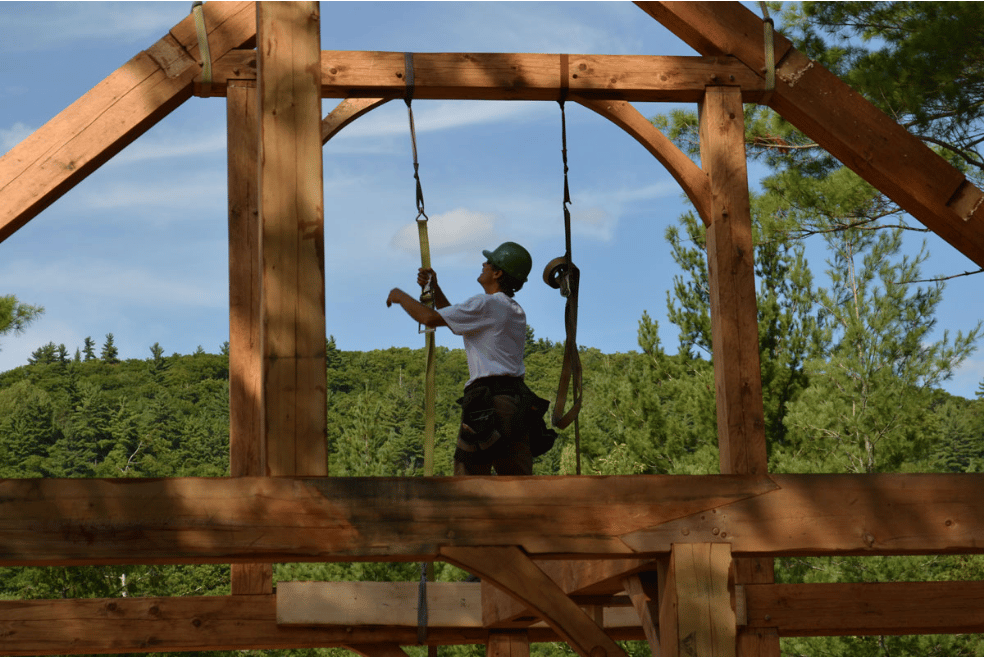
***
As we prepare to move to Squamish, BC, my partner and I are stunned by the rent prices. Not enough homes here to keep up with all the folks moving in, we’re told. A familiar story for many rural communities in the last few years. Months later, now happily settled in the mountain town, I’m walking down our street when I notice a sign that displays a plan to develop a sizable portion of the forested mountainside into a dense residential neighbourhood. Initially I am appalled, but quickly recall how challenging it was to find an affordable place to live here. There’s no denying that the town needs more housing. Still, the paradox of forests being cut down to make room for all the people wanting to live closer to nature is a painful one to swallow.
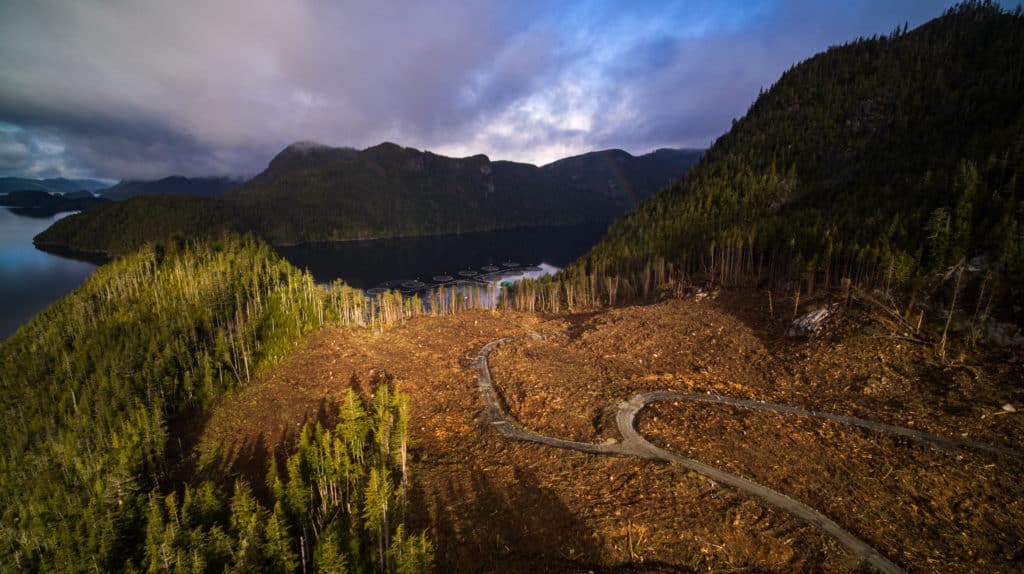
***
We pick our way between cedar trunks, mist rising from the mossy forest floor. This creates an ethereal feeling to this forested island, one of thousands in the archipelago that makes up Gwaii Haanas National Park Reserve in British Columbia. It isn’t quite old growth – most of the trees in Gwaii Haanas were logged years ago by Europeans. I’m here on a work assignment with Parks Canada, being led through the forest by one of the Haida Watchmen. They are a group of young Haida who live and work in remote parts of Gwaii Haanas, watching over the land and educating visitors on their culture and the significance of certain sites. As we walk, our guide points out edible plants such as devil’s club and Hudson Bay tea, explaining that his people lived off of the sustenance provided by these forests for thousands of years.
As we continue walking, I’m trying to figure out why he has brought us to this particular island. Beyond the beautiful temperate rainforest, I haven’t noticed any landmarks or signs of Haida life such as we had seen at other sites visited that day. Then I notice large clumps of irregularly shaped moss on the forest floor. Upon further investigation, I realize the whole forest is littered with giant pieces of machinery, nearly unrecognizable for their mossy coats. There’s even a small railroad track on top of which a number of carts sit. Tree roots have intertwined themselves around the track, seemingly pulling it back into the earth. Our guide points to the sunken relics: old forestry equipment.
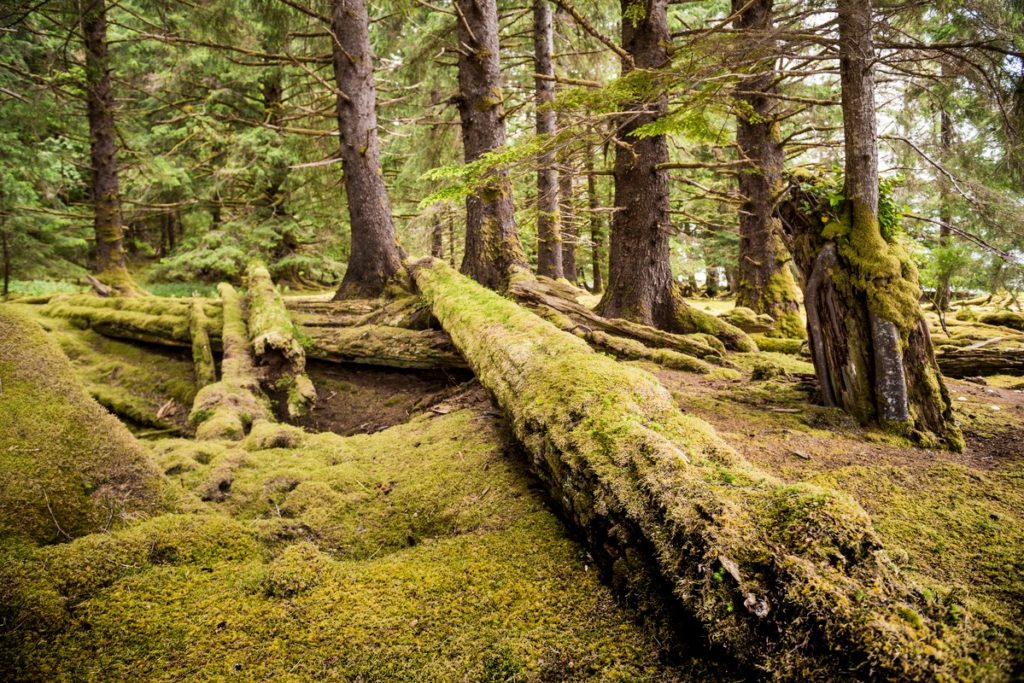
***
We read the sign in mild frustration: Pick another path, be a toad hero! I’m on a trail run with a friend in the rainforest near my home. We are scrambling to come up with an alternate route, as the one we had planned is roped off due to the migration of tiny Western Toads. They are so small and travel in such vast numbers that it is nearly impossible to avoid squishing them. My mind reels thinking about how many millions of unseen creatures call forests home all over the world: four out of every five land-dwelling species of plants and animals, to be precise. Unfortunately most of them do not have the protective marketing team that these toads do.
Backtracking, we tread lightly on the saturated ground, jumping over the stream that has formed mid-trail with the warm August rain. I ask my friend what forests mean to him. “Oxygen”, he replies matter-of-factly. I laugh. Both pragmatic and entirely correct, his answer rings with the scientific confirmation of a truth that many Indigenous peoples have known since time immemorial: forests are our lifeforce. Beyond bountiful sustenance for those who know where to look, they produce the single element essential to life on earth. They also represent a key solution to the climate crisis, sucking carbon out of our oversaturated atmosphere and storing it. Old growth, intact forest ecosystems are particularly good at this.
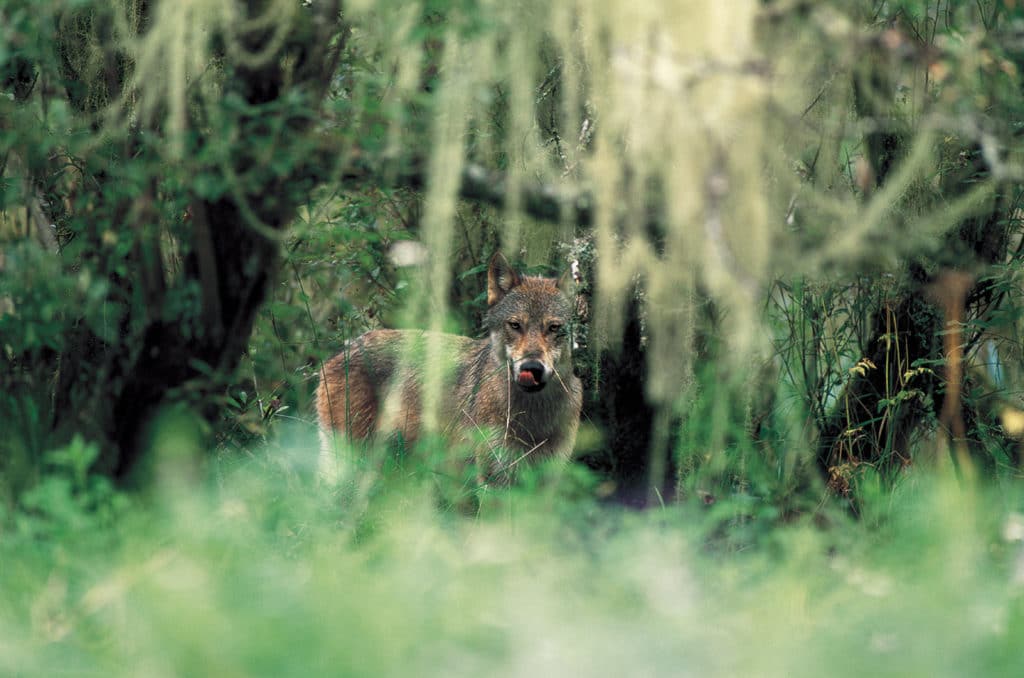
***
I want you to imagine you are walking into a forest. One you have been in before – a place that feels familiar to you. Maybe it is in a park in your hometown, or perhaps you’ve driven hours to reach it. Can you see it? Now cross that threshold, step off the pavement and onto the dirt path. Sounds of modern life melt away, dappled light spills through the canopy and floods the forest floor beneath your feet. A bird calls out, the stream meanders noisily. You can hear yourself breathing for the first time today. The smell of life, of decaying plant matter and budding leaves and rich soil and rain, floods your nostrils. You walk slowly, intentionally, noticing the thousand shades of green and endless subtle movements around you. You glance up at the trees and wonder how many others have benefitted from their company. A feeling of peace settles over you.
Everyone appreciates forests. Some appreciate their natural beauty, others the utility of their downstream wood products, and others still the cultural significance they hold. Regardless of how you interact with or think about these landscapes, the peaceful feeling described above seems to be universal. A walk in the woods is a salve for the abrasiveness and intensity of modern life. For this reason alone, most people fundamentally want to keep trees around. But the nuances seen in even the few personal anecdotes shared in this article make things more complicated – there are myriad reasons that people either support or don’t support the protection and preservation of forests.
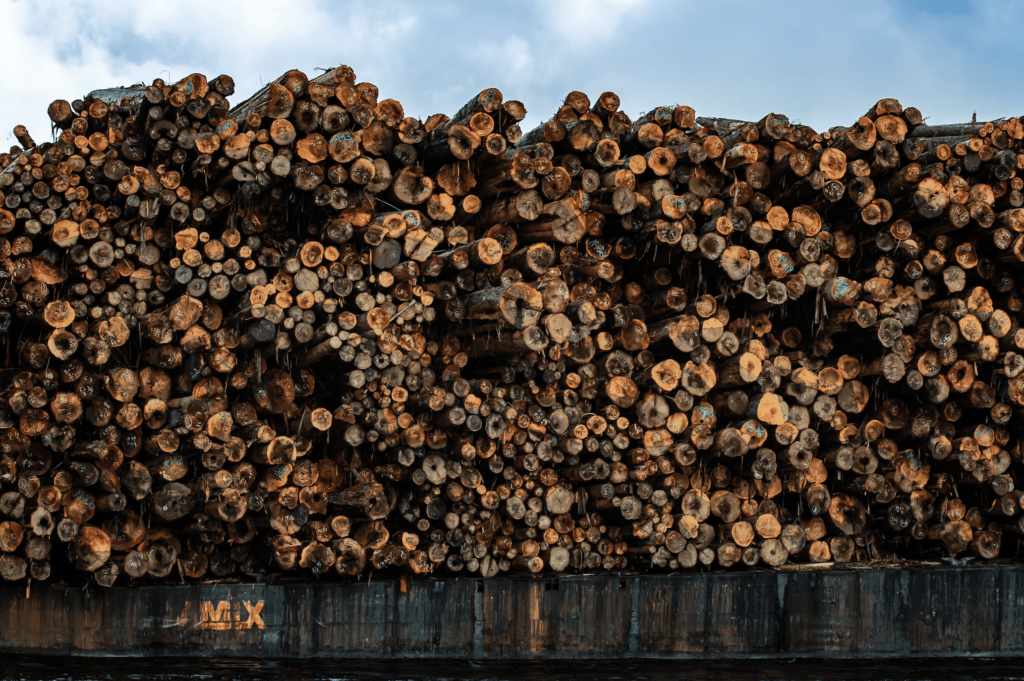
Depending on who you ask, the same forest could be measured in dollars, in board feet, in carbon, in number of trails, in the variety of edible plants it contains or the number of species it harbours. Or perhaps in ways that transcend measurable ‘worth’ and represent a spiritual and cultural richness, an intrinsic value beyond the scope of human utility. All of these answers are correct. The forest provides for people in countless ways.
Be this as it may, the crucial distinction to be made when talking about the value of forests is between livelihood and life. Forests, when destroyed and commoditized, provide many people with the former. Intact and healthy, they provide every single being on earth with the latter. Today is the anniversary of the Ada’itsx (Fairy Creek) blockade, one of the largest acts of civil disobedience in Canadian history. As the government, First Nations, forestry companies and others continue to debate the fate of these and other intact forests, I would encourage us all to keep this important distinction in mind.
***
Earlier this year, Pacheedaht elder Bill Jones spoke in Victoria at the legislative assembly on his experience at the historical blockade and the need for the Canadian government to stop old- growth logging. Learn more and support The Last Stand’s mission.

